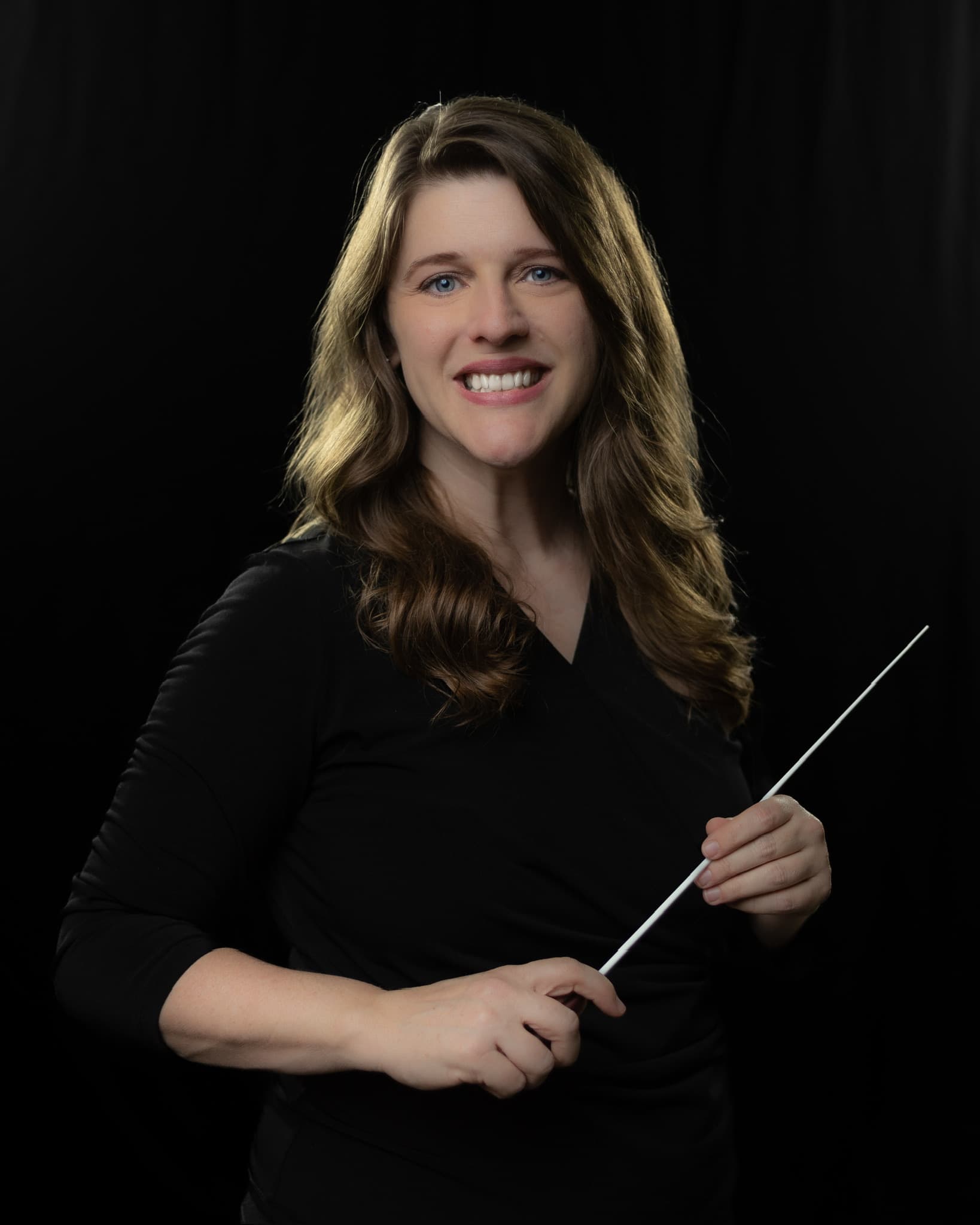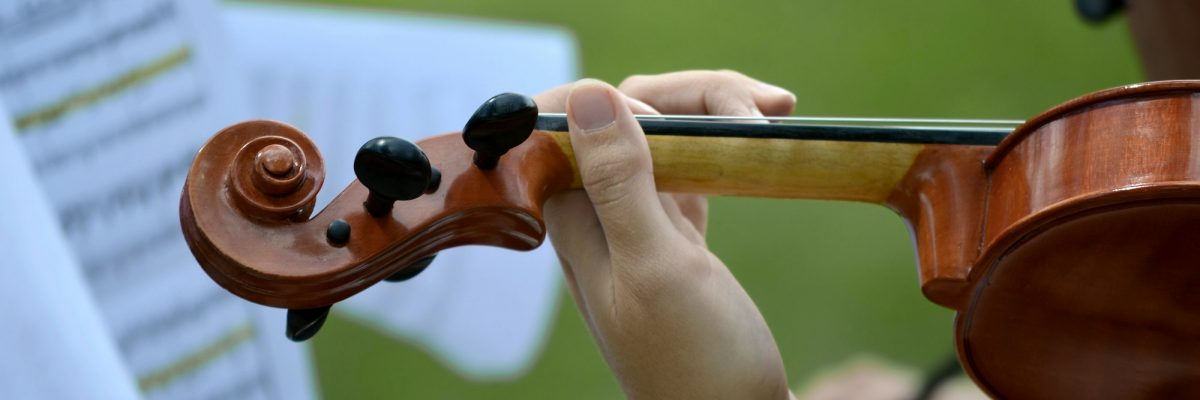The violin, with its elegant curves and soaring melodies, has captivated audiences for centuries. Its rich sound has graced classical concertos, mournful folk tunes, and fiery fiddle solos. For many, the violin represents the pinnacle of musical expression. But for aspiring violinists, the journey from beginner to creating those beautiful sounds can seem daunting.
This guide serves as your roadmap to learning the violin. We’ll explore the essentials of violin playing, from choosing the right instrument to mastering basic techniques and navigating practice sessions. Whether you’re a child embarking on a musical adventure or an adult rekindling a childhood dream, this guide will equip you with the knowledge and resources to make your violin dreams a reality.
Finding the Right Instrument:
Violins come in various sizes to accommodate players of different ages and physical stature. Here’s a breakdown:
- Full-size violins: These are suitable for adults and teenagers with a full arm reach.
- 3/4 violins: Ideal for older children and teenagers with a slightly shorter arm reach.
- 1/2 violins: These are suitable for younger children between the ages of 7 and 10.
- 1/4 violins and smaller: These are perfect for very young children (4-7 years old) just starting out.
It’s crucial to get your violin fitted by a qualified luthier (violin maker or repairer). They can ensure the instrument is the right size for you and recommend appropriate shoulder rests and rosin (a sticky substance applied to the bow to create friction with the strings).
Getting Started with Posture and Holding the Violin:
Proper posture is vital for playing the violin comfortably and avoiding injuries. Stand tall with your feet shoulder-width apart. Hold the violin tucked comfortably under your chin, supported by your left shoulder (not your neck!). Your left hand will grip the fingerboard in specific positions to produce different notes.
Learning Bow Technique:
The bow is used to draw across the strings, creating the violin’s sound. Learn how to hold the bow with a relaxed grip, using your thumb and index finger for control and the remaining fingers for support. Proper bowing technique involves smooth, controlled movements from the elbow, not the wrist.
Mastering Fingering:
The left hand fingers press down on the strings at specific points on the fingerboard to create different pitches. Beginners will start with learning basic finger positions and scales. As your skills develop, you’ll explore more complex fingerings and techniques like vibrato (a slight trembling of the finger on the string that adds depth to the sound).
Making Your First Sounds:
Once you’ve grasped the basics of posture, holding the violin and bow, and fingering, it’s time to make your first sounds! Start by practicing open strings (strings played without fingering) to develop a clean and focused tone. Gradually introduce basic finger positions and scales, focusing on accuracy and intonation (playing notes in tune).
Building a Practice Routine:
Consistent practice is key to mastering the violin. Here are some tips for creating a productive practice routine:
- Start small: Begin with short practice sessions (15-20 minutes) and gradually increase the duration as your stamina and focus improve.
- Warm-up: Before diving into technical exercises or pieces, perform gentle stretches and finger exercises to prepare your body for playing.
- Focus on specifics: Dedicate each practice session to specific goals, such as mastering a new fingering or improving bow control.
- Practice with a metronome: Using a metronome helps you develop a steady sense of rhythm and timing.
- Record yourself: Recording your playing allows you to identify areas needing improvement and track your progress over time.
- Make it fun! Learning the violin should be enjoyable. Incorporate fun pieces alongside technical exercises and explore different musical styles that keep you motivated.
Learning Resources:
There are numerous resources available to support your violin learning journey:
- Music lessons: Taking lessons from a qualified violin teacher is highly recommended. They can personalize your learning path, provide valuable feedback on your technique, and keep you motivated.
- Online resources: Websites and YouTube channels offer tutorials, exercises, and practice tips specifically geared towards violin learners.
- Violin method books: Many beginner-friendly violin method books provide structured lessons, exercises, and pieces to help you progress through the learning stages.
The Importance of Patience and Enjoyment:
Learning the violin is a journey that takes time, dedication, and a dash of patience. Don’t get discouraged if you don’t master challenging passages overnight. Embrace the learning process, celebrate small victories, and most importantly, enjoy the beautiful sounds you’re creating!
Beyond the Basics:
As your skills develop, you’ll delve deeper into the world of violin playing, exploring:
- Music theory: Understanding music theory concepts like scales, chords, and intervals will enhance your musical understanding and help you interpret complex pieces.
- Sight-reading: Developing sight-reading skills allows you to play unfamiliar music at first sight, expanding your repertoire and improving overall musicianship.
- Performance: Playing for others, whether in recitals, ensembles, or other special events, builds confidence and allows you to share your musical passion.
- Exploring different musical styles: The violin’s versatility allows you to delve into classical music, folk tunes, fiddle styles, bluegrass, and more!
Final Thoughts:
The violin is an instrument that rewards dedication with a lifetime of musical fulfillment. By embracing the learning process, practicing consistently, and tapping into the wealth of resources available, you’ll transform your initial bow strokes into captivating melodies that resonate with your soul and inspire others.
Here are some additional resources to fuel your violin learning journey:
- Websites:
- https://suzukiassociation.org/: The official website of the Suzuki Method, a popular approach to learning violin that emphasizes aural learning and playing by ear.
- https://imslp.org/wiki/Category:For_violin: The International Music Score Library Project (IMSLP) offers a vast collection of free sheet music for violin, including classical pieces and arrangements.
- https://www.violinist.com/: An online resource for violinists, featuring articles, interviews with professional violinists, and practice tips.
- YouTube Channels:
- https://www.youtube.com/channel/UC9Aj9dZLJzv4LTg_7cIKh6w: A channel by violinist Ashley Spatt, offering violin tutorials, practice tips, and insights into a professional violinist’s life.
- https://www.youtube.com/@twosetviolin: A fun and informative channel by two violinists (Eddy and Brett) who create engaging content related to violin playing, music theory, and the world of classical music.
So, pick up your violin, embrace the journey, and let the music flow!

A native of Florida, Cindy grew up with a rich family history of music. Starting with piano at age 9, she added flute and other instruments to her repertoire in junior high. She made all-county band and played piano for her school’s jazz band and show choirs. Throughout her teen years, she also had opportunities to perform in her local community in churches, assisted living facilities, plays, and productions. While pursuing her college degree in education, she traveled as the pianist for a college-sponsored singing group in 48 states over five summers. She has now been teaching music, including instruments and voice, since 1995. She has instructed students of all ages and skill levels, and many of her students from decades past now are teaching their own music students.


